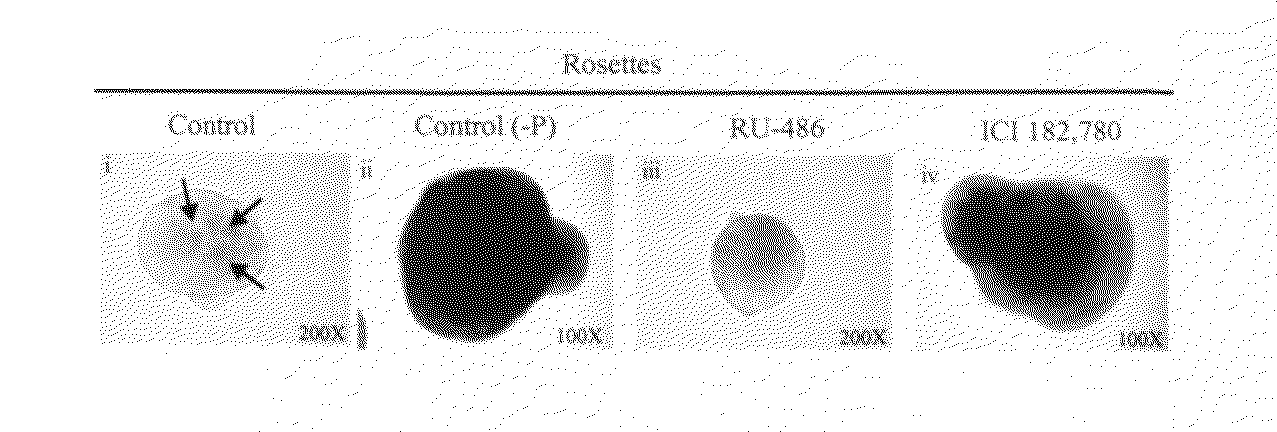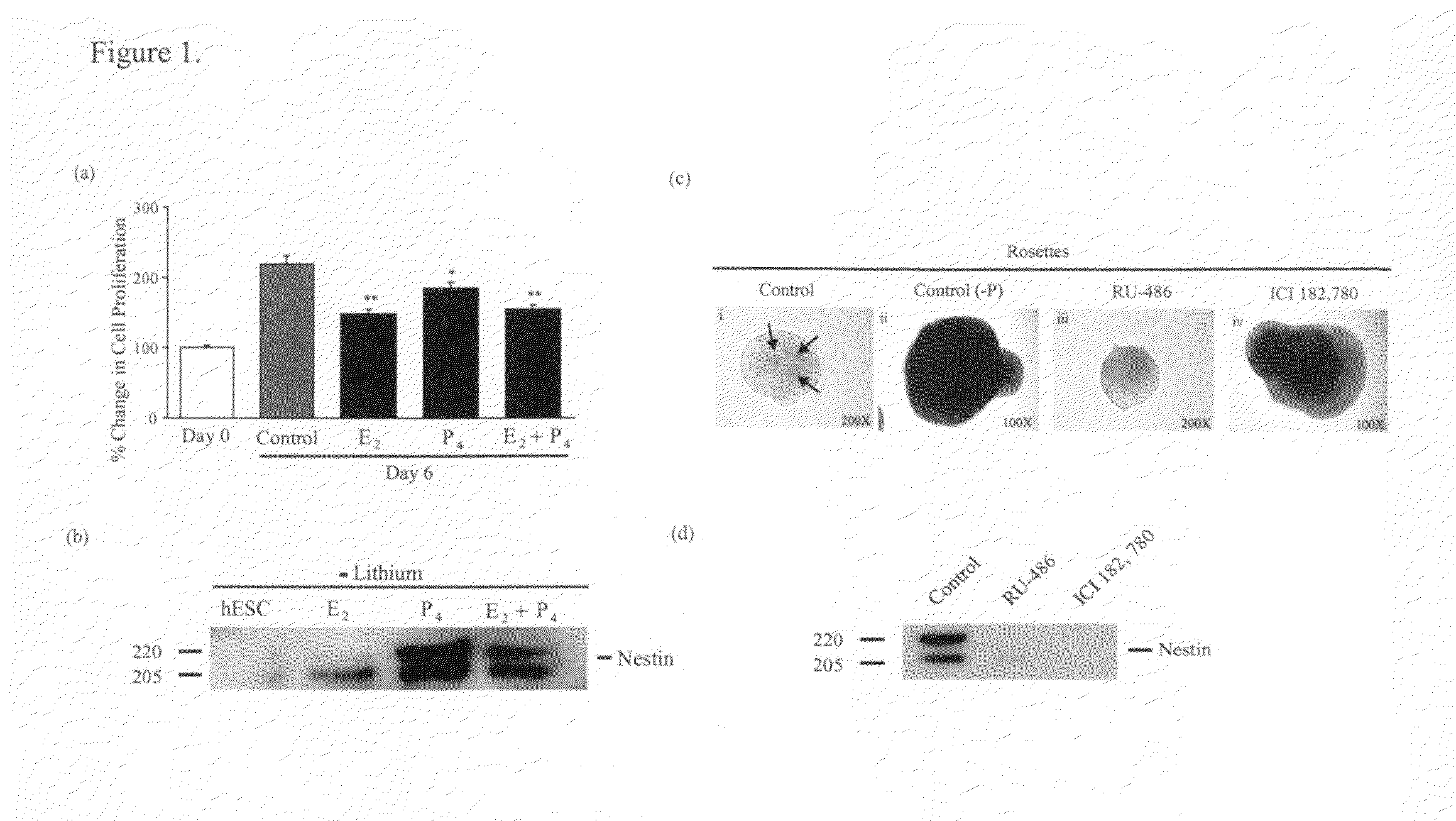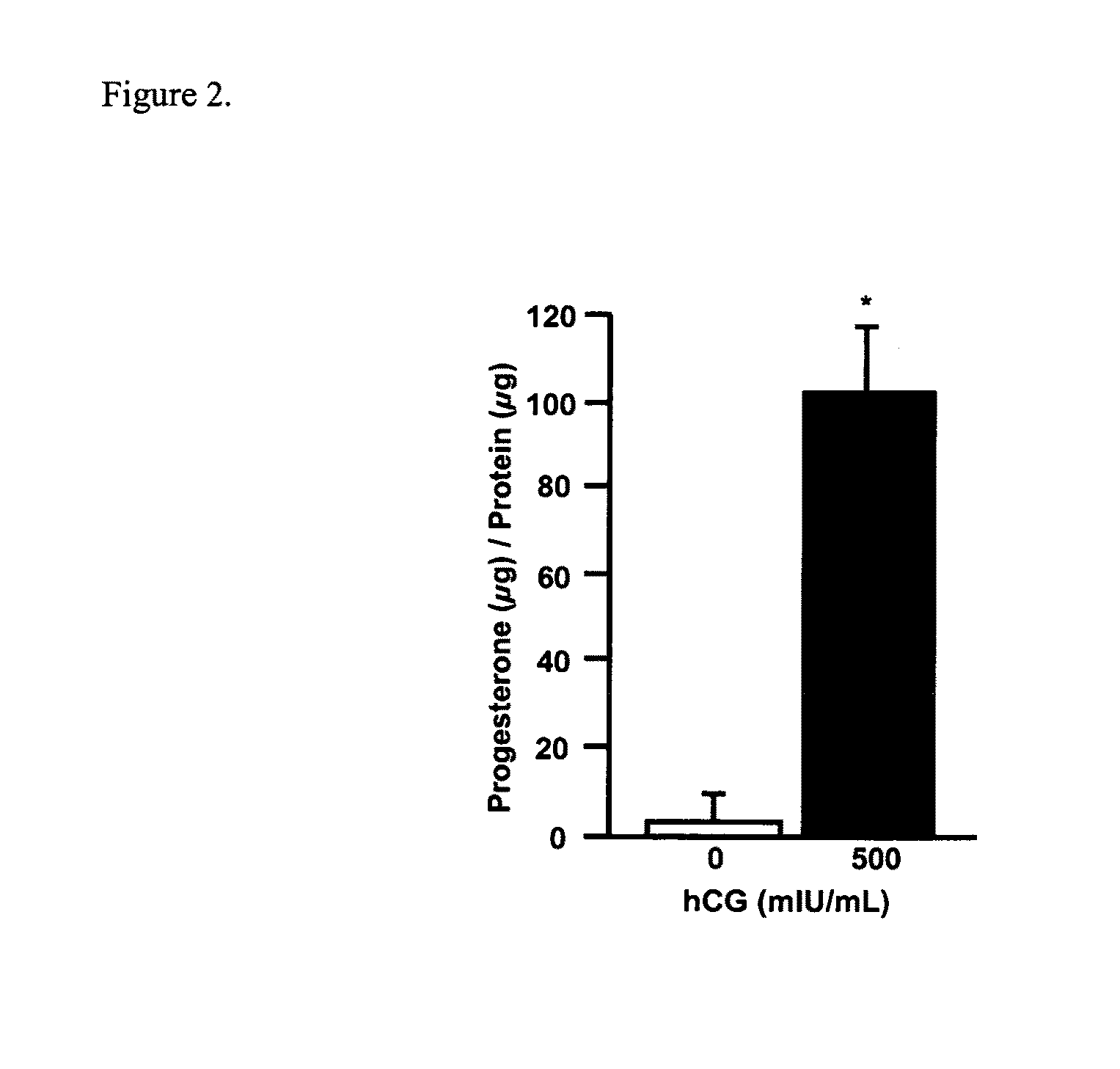Methods for the modulation of brain progestagen signaling in the prevention and treatment of neurological disorders and neurodegenerative diseases
a neurodegenerative disease and brain progestagen technology, applied in the field of brain progestagen signaling modulation in the prevention and treatment of neurological disorders and neurodegenerative diseases, can solve the problems of increasing the number of ad patients and the cost of their care, and the death of neuronal cells in a larger area of brain tissue, so as to reduce the secretion of app, promote neurodegeneration, and increase processing
- Summary
- Abstract
- Description
- Claims
- Application Information
AI Technical Summary
Benefits of technology
Problems solved by technology
Method used
Image
Examples
Embodiment Construction
[0046]As indicated above, the invention entails treating neurological disorders or neurodegenerative disease in persons suffering therefrom and preventing neurological disorders or neurodegenerative disease in persons susceptible thereto.
[0047]A person “suffering from a neurological disorder or neurodegenerative disease” is a person who has been diagnosed as having a neurological disorders or neurodegenerative disease, by a practitioner of at least ordinary skill in the art of clinically diagnosing (e.g., diagnosing in patients antemortem) a neurological disorder or neurodegenerative disease, using methods and routines, such as those described above, that are standard in the art of such clinical diagnoses.
[0048]By “treating a neurological disorder or neurodegenerative disease” is meant slowing or preventing the progression or worsening of the disease that is now known to occur when the disorder or disease is untreated.
[0049]A person “susceptible” to a neurological disorder or neurod...
PUM
| Property | Measurement | Unit |
|---|---|---|
| Level | aaaaa | aaaaa |
Abstract
Description
Claims
Application Information
 Login to View More
Login to View More - R&D
- Intellectual Property
- Life Sciences
- Materials
- Tech Scout
- Unparalleled Data Quality
- Higher Quality Content
- 60% Fewer Hallucinations
Browse by: Latest US Patents, China's latest patents, Technical Efficacy Thesaurus, Application Domain, Technology Topic, Popular Technical Reports.
© 2025 PatSnap. All rights reserved.Legal|Privacy policy|Modern Slavery Act Transparency Statement|Sitemap|About US| Contact US: help@patsnap.com



